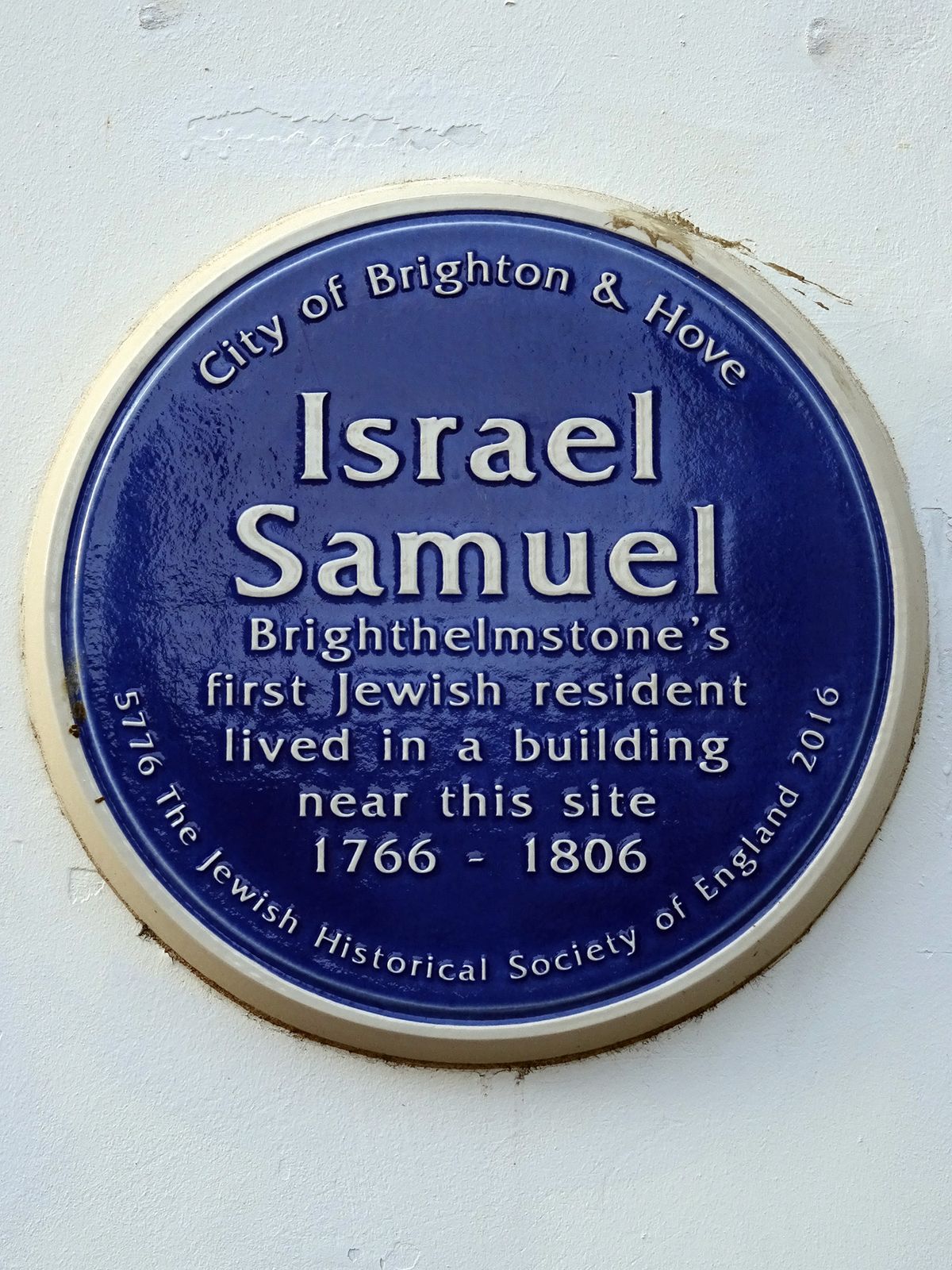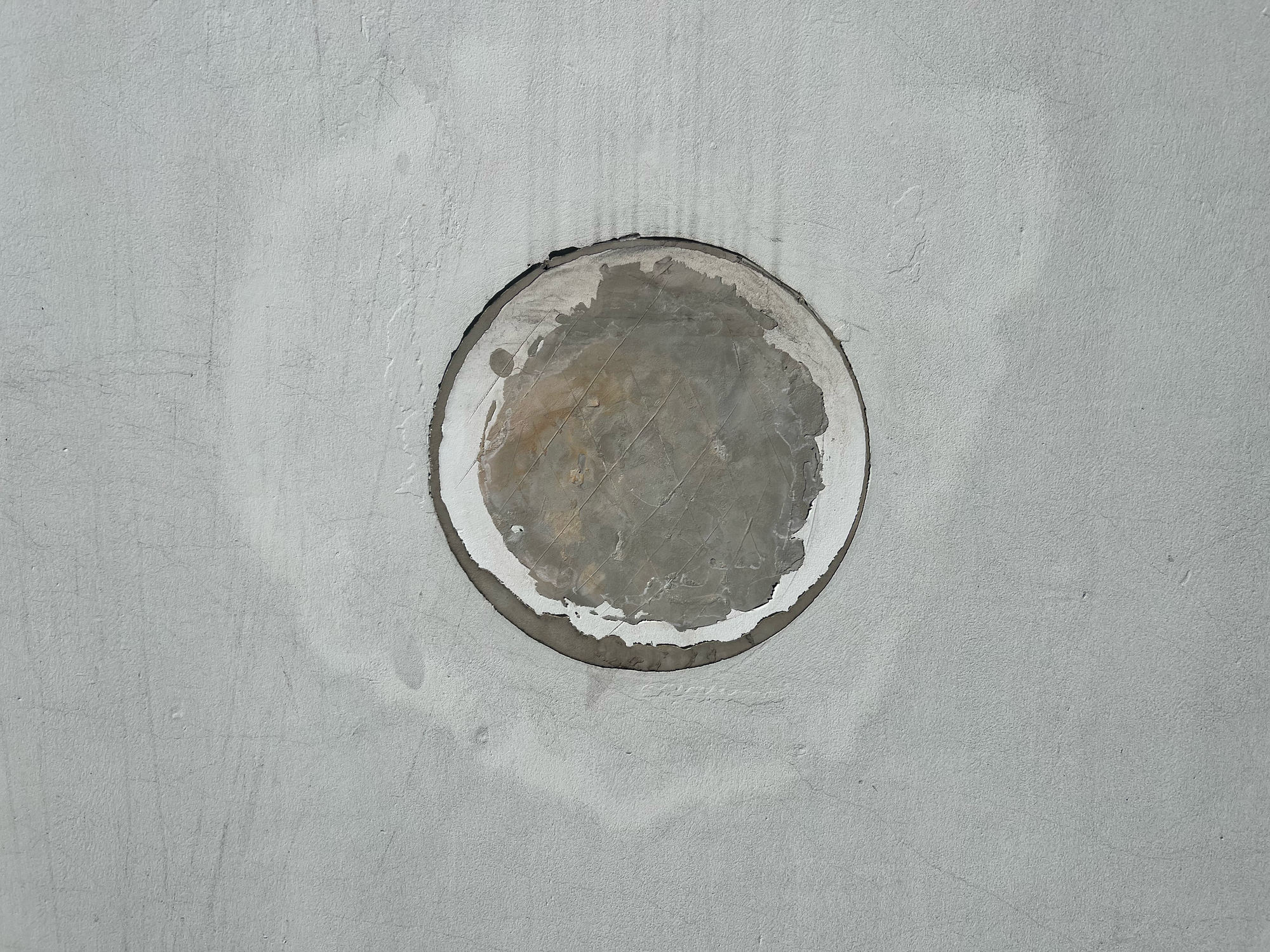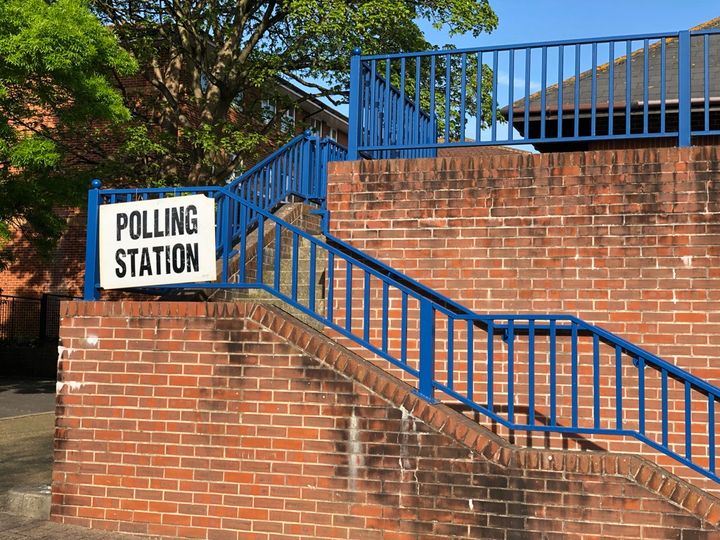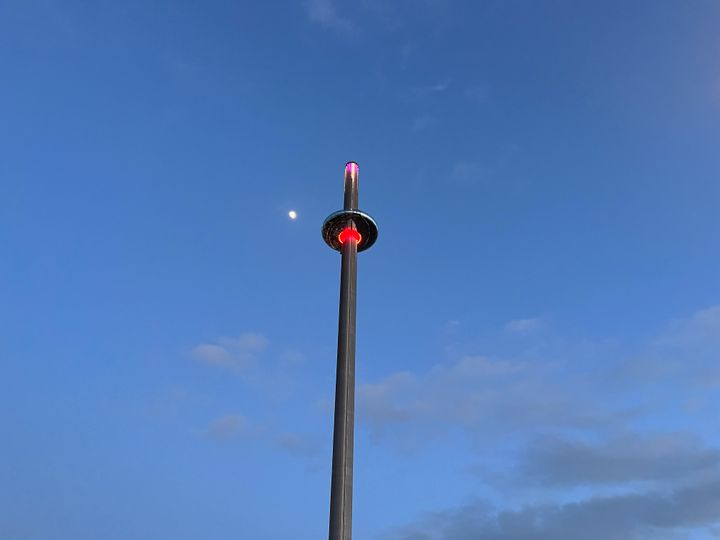The Broken Blue Plaque of Brighton’s First Jewish Resident, and what it might teach us about anti-semitism today
A plaque for the city’s first Jewish resident was found broken; Ross Othen-Reeves sheds light on the man behind the plaque, and assesses the risk of hate crimes facing the Jewish community today.

I have been fortunate enough to live on Brighton’s East Street for the past 15 years, and as my love of history has grown over time, so too has my fascination and pride with the place I call home, writes Ross Othen-Reeves.
One of the city’s four original thoroughfares dating back to at least Mediaeval times, the street has long been the eastern boundary of the fabled Lanes area. At its northern end, across the junction with North Street sits the Royal Pavilion, while at its south end lies the expanse of the sea.
With its central location and long existence, this little road has been home to numerous characters over its many years, and can boast not one, but two plaques commemorating its former inhabitants. One recognises Brighton’s most celebrated 18th century ‘dipper’, Martha Gunn. The other, at 22 East Street, marks the site which was once home to Israel Samuel, Brighton’s first Jewish resident.
Samuel and his wife Susannah lived on East Street from 1766 to 1806, having likely relocated from London’s East End where there are records of Samuel’s existence. Earlier still, it appears that both Israel and Susannah migrated to England from Bohemia, in what is today the Czech Republic.
Information on Samuel is relatively scant however, with documented evidence of everyday peoples’ lives from the period sparse to begin with, and rarer still for such records to survive the onslaught of time. Though much of what we do know is thanks to Gordon Franks and Mike Crook from the Sussex branch of the Jewish Historical Society of England (JHSE).
What we can say with certainty is that during their 40 years based on East Street, Samuel earned his living as a silversmith and a toyman, while also renting out lodgings. Israel and Susannah also had four children; Fanny, Kitty, Abraham and Sampson, who would each go on to leave their own faint footprints in the history books. In essence, they were a rather ordinary family living seemingly ordinary, contented lives. So far, so pleasant. But also unremarkable perhaps. What then provides the impetus for a blue plaque, reserved as they are for the reputedly great and good?
Ordinary can soon seem extraordinary when anti-semitism and xenophobia are accounted for. Despite Samuel living through a time of gradual (though hotly contested) political acceptance of Jews in Britain, society at large remained deeply suspicious of the community, particularly of those Jews, such as Israel and Sussannah, who arrived as migrants from foreign lands.
Seen in this light, it is more understandable how Samuel met the guidance outlined by English Heritage, the body which supports local communities to establish plaques outside of London: "Plaques work best when their subjects continue to have meaning for people."
With over 200 people gathered for the unveiling of the plaque in 2016, including an impressive list of dignitaries, Samuel’s arrival in the city certainly appeared to carry meaning. Members of the Jewish community, local councillors, former Hove MP Ivor Caplin (the Jewish Labour Movement South East region chairman), the Mayor, and the Lord-Lieutenant of East Sussex all attended. Rosemary Totton, Israel and Sussanah’s great-great-great-great-granddaughter, even flew in from New Zealand with her family for the occasion.
The event was also the pinnacle of celebrations marking 250 years of the Jewish community in Brighton and Hove. This date itself having been determined by Samuel’s arrival to the city, which was only discovered by JHSE in 2013. Prior to this, it was believed the first Jewish residents did not arrive until the 1890s, over 120 years later.
Clearly Israel Samuel means something to the people of the city, not least its Jewish residents, and the commemorative plaque is a way of communicating this to the wider world—whether curious visitors, or unknowing locals, like myself.
Each day I stroll past 22 East Street on my way to work, and regularly glance up at Samuel’s plaque. A fleeting distraction which has me wondering about the world he inhabited, if only for an instant. This little semiconscious routine has continued uninterrupted for years, until this February, when I happened to look up one day to find the plaque was gone. The only evidence that it had ever been there being a grey circle of roughly textured plaster. This made no sense. Why would anyone remove a blue plaque?

A mixture of curiosity and concern soon found me playing detective online: the plaque was discovered lying broken on the ground on February 6th, close to where it had been fixed to the wall, and was swiftly reported to Sussex Police. Local media surmised two simple theories for the incident. Either the plaque was dislodged by a bad person, or by bad glue.
Roger Amerena, Chairman of the Brighton and Hove Commemorative Plaque Panel, was categorical in his assessment: the incident was not an act of vandalism. When originally attached to the wall, the plaque should have been both glued and secured with two stainless steel pins. The fitters (who are no longer used by the panel) failed to fix the pins, leaving the plaque held in place by plaster alone. More to the point, Amerena was certain that a vandal would have gone further than simply ripping the thing off the wall if they were intent on making a statement.
These are valid points, but Sussex Police were nevertheless concerned enough to investigate the incident as a possible anti-semitic hate crime; a course of action which was welcomed by the Jewish community. As Fiona Sharpe, of the Sussex Jewish Representative Council, explained to me:
There are hundreds of blue plaques across the city and no recorded evidence of one coming off the wall [...] I would hate to think someone is going around riddled with hate and driven to pull a plaque off [but] police don’t investigate things they don’t think are worth investigating.
Especially, as Sharpe noted, 'statistics show Jews are disproportionately the victims of [religious] hate crime incidence’.
We can’t single out our ‘progressive’ city as being above anti-semitism either, with the past several years alone giving a number of reasons for worry. In 2020, the words 'Jewish Lies Matter' were scrawled in large black graffiti on a prominent wall in Hove. Then, throughout 2021/22, three Labour councillors and five of its candidates from across the city were embroiled in the party’s anti-semitic controversies. Sharpe tells me Labour have since ‘done a really good job of rectifying the situation’, but concerns undoubtedly remain, with two of the councillors now sitting as independents.
Adding to this unease is a report published in February this year by Community Security Trust (CST), a registered charity focused on the prevention of Jewish hate crime. In their Antisemitic Incidents Report 2022, CST noted five locations outside of the large urban centres of London and Manchester which warranted particular attention for anti-Jewish acts. Brighton & Hove was one of the few cities to make this disreputable list.
Back to the broken plaque itself—Amerena is working with members of the Jewish community to ensure a replacement plaque commemorating Samuel is installed in the coming months.
Yet with no CCTV footage having captured the scene, and seemingly no leads, Sussex Police have now closed the case. While Sharpe was keen to emphasise that it has been formally classified as unresolved and therefore filed as a possible hate crime, the closing of the case appears to strengthen the argument that bad glue (or more specifically, bad workmen) were to blame rather than bad people.
In 2023, we might hope this could be taken as a given. That any explanation is more plausible than the threat of anti-semitism. But with last year having seen the largest percentage point increase in hate crimes since the infamous spike in 2017 (following the Brexit referendum results), the question of anti-semitism cannot be ruled out. The world may have changed almost unrecognisably since Israel and Susannah made Brighton their home some 250 years ago, but anti-Jewish sentiment is, regrettably, one social affliction which remains all too familiar to this day.




Comments ()